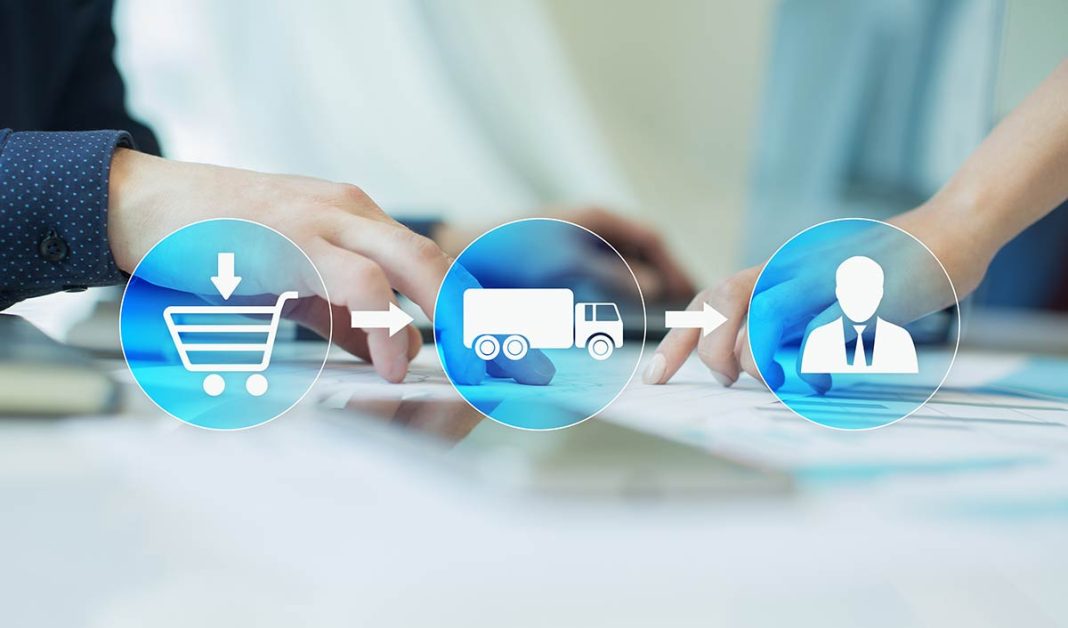While B2C e-commerce often dominates headlines, the B2B sector is undergoing a quieter but equally transformative revolution. This article explores the factors driving the growth of B2B e-commerce, its unique challenges, and the opportunities it presents for businesses.
B2B e-commerce involves transactions between businesses, ranging from procurement to wholesale trade. The article begins by discussing the rise of digital platforms that facilitate these transactions, such as Alibaba and Amazon Business. These platforms offer convenience, scalability, and access to a global market.
The integration of advanced technologies is another key driver. Artificial intelligence (AI) enables businesses to forecast demand, optimize pricing, and automate processes. Blockchain technology, meanwhile, ensures secure and transparent transactions. The article provides examples of companies leveraging these innovations to streamline operations and enhance customer experiences.
However, the transition to B2B e-commerce is not without challenges. Businesses must address issues like integrating digital systems with legacy infrastructure, managing complex supply chains, and ensuring cybersecurity. The article discusses strategies for overcoming these hurdles, such as adopting cloud-based solutions and investing in employee training.
The piece concludes by looking at the future of B2B e-commerce. Emerging trends include the use of augmented reality (AR) for product demonstrations, AI-driven personalization, and the rise of direct-to-consumer (DTC) models in the B2B space. By embracing these innovations, businesses can unlock new revenue streams and gain a competitive edge.

